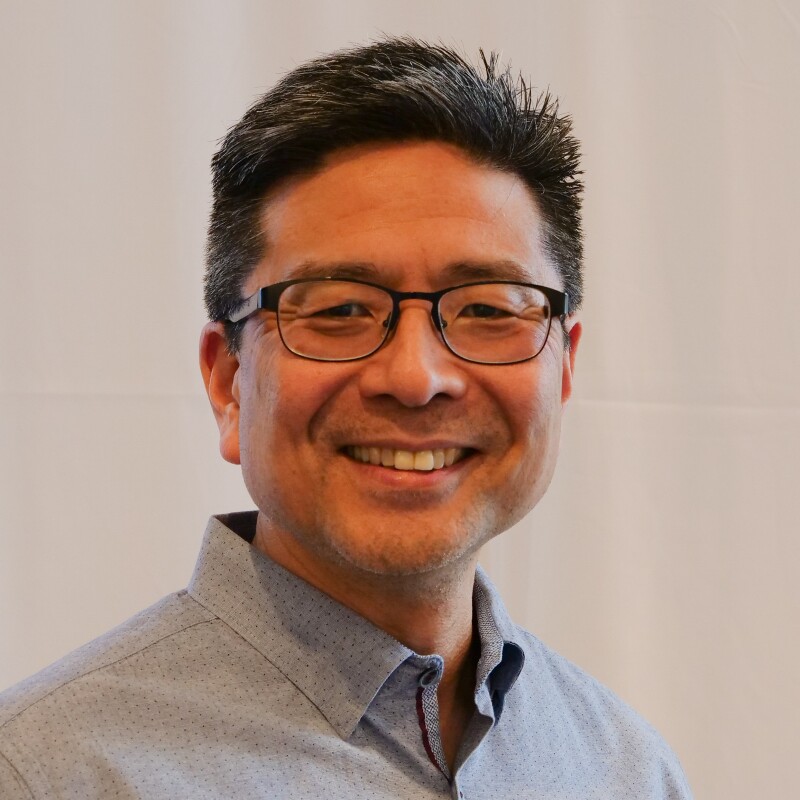
In the US, Windstream Wholesale has been moving at a rapid pace on multiple infrastructure projects and looking to gain an edge on 400G. John Nishimoto, vice president of product strategy and marketing at Windstream Wholesale, explains how the carrier is propelling the industry forward with its strategy.
A network evolution is taking place in the US. That evolution is being undertaken by Little Rock-based Windstream Wholesale, which is rolling out thousands of kilometres of network to meet soaring capacity demands.
The “insatiable need for bandwidth” has driven the rollout, says John Nishimoto, vice president of product strategy and marketing – causing the wholesale business unit to transition from its traditional carrier role into an infrastructure construction company.
This demand is coming from key customers, such as hyperscalers, as they seek to enhance the extensive networks that they themselves have been building, says Nishimoto. “From a network expansion perspective, our goal is to make it easier for our customers to interconnect,” he says. “By constructing our own routes, we accomplish more as a business, and for our customers and partners.”
The expansion and mindset also align with Windstream Wholesale’s central goals. “Everything we do has a framework around our core strategy, comprised of three pillars – network expansion, technology leadership and flexible partnerships,” says Nishimoto.
Diverse routes
Windstream Wholesale has been working on construction projects that will see about 2,500km of fibre added to its network and empower customers with a range of new opportunities. “It’s providing diverse routes and augmenting ageing inventory with new high-count fibre assets,” says Nishimoto.
These deployments include the recent completion of the company’s T-Rock Express – a 432-count fibre route between Tulsa, Oklahoma, in the south-central US eastwards to Little Rock, Arkansas. This is now being expanded further east, to Memphis, Tennessee.
Another project, the Beach Route – due for completion in the first half of 2024 – includes an 864-count dark fibre network from Raleigh, North Carolina, to cable landing stations in Myrtle Beach, South Carolina, and Jacksonville, Florida in the eastern US. There is also a third key route called CanAm2, a 432-count dark fibre route being built from New York City to Montreal in Canada.
In the right places
Nishimoto explains that these expansions connect Windstream Wholesale’s network to diverse locations where demand is flourishing, including cable landing stations and fast-growing data centre hubs, such as Montreal. “We really strive to be in the right data centres and the right International landing stations, making it easy to do business with us,” he says.
For example, the business unit completed a fibre ring in Hillsboro, Oregon, in the Pacific north-west US, with dark fibre extensions to regional data centres and into multiple data centres in Portland. “From a strategy perspective, that’s a typical layout, where a data centre campus is growing because of international subsea cables and customer demand to get to major data centre hubs,” says Nishimoto.
Key to optimising these rollouts is close collaboration with customers, and understanding their challenges and needs. “What we’ve been doing a lot of is co-developing network strategies whereby our customers’ plans are overlaid with ours and we adjust certain routes to be mutually beneficial,” says Nishimoto.
400G drive
Windstream Wholesale has also made significant advancements in 400G by boosting the capabilities of its Intelligent Converged Optical Network (ICON). Turning up its first 400G customer in August 2020, the company was able to offer such services coast-to-coast by mid-2022 – enhancing its ability to provide high-capacity, low-latency bandwidth both to meet and in advance of market demand.
Nishimoto explains that Windstream Wholesale will be able to stay ahead of the curve on 400G because of the way that ICON was set up in the first place, offering an open and disaggregated proposition. “We were in a very advantageous position because of the initial architectural design that our engineers laid out with ICON, enabling us to augment and plug in new technologies without disrupting the base network,” he says.
Windstream Wholesale has also co-developed 400G ZR+ pluggable modules with its partners Nokia and Coherent, a US manufacturer of optical materials and semiconductors. Deployment of these pluggables is set to advance this year, making 400G a wider reality in a small form factor. “That’s a game-changer,” says Nishimoto. “Pluggables and 400G are part of our mindset to be a technology leader.”
The pluggables further show Windstream Wholesale’s dedication to agile partnership, he says, reinforcing the group’s commitment to being “fast and flexible” – a culture that he adds is in the group’s DNA.
That unique approach aligns with Windstream Wholesale’s overall culture, a differentiating trait fuelling the company’s infrastructure expansion and 400G advancement, says Nishimoto. “We’re able to do all this because we create these small teams, they get together, they’re empowered to make decisions, and then they execute on those decisions.”




